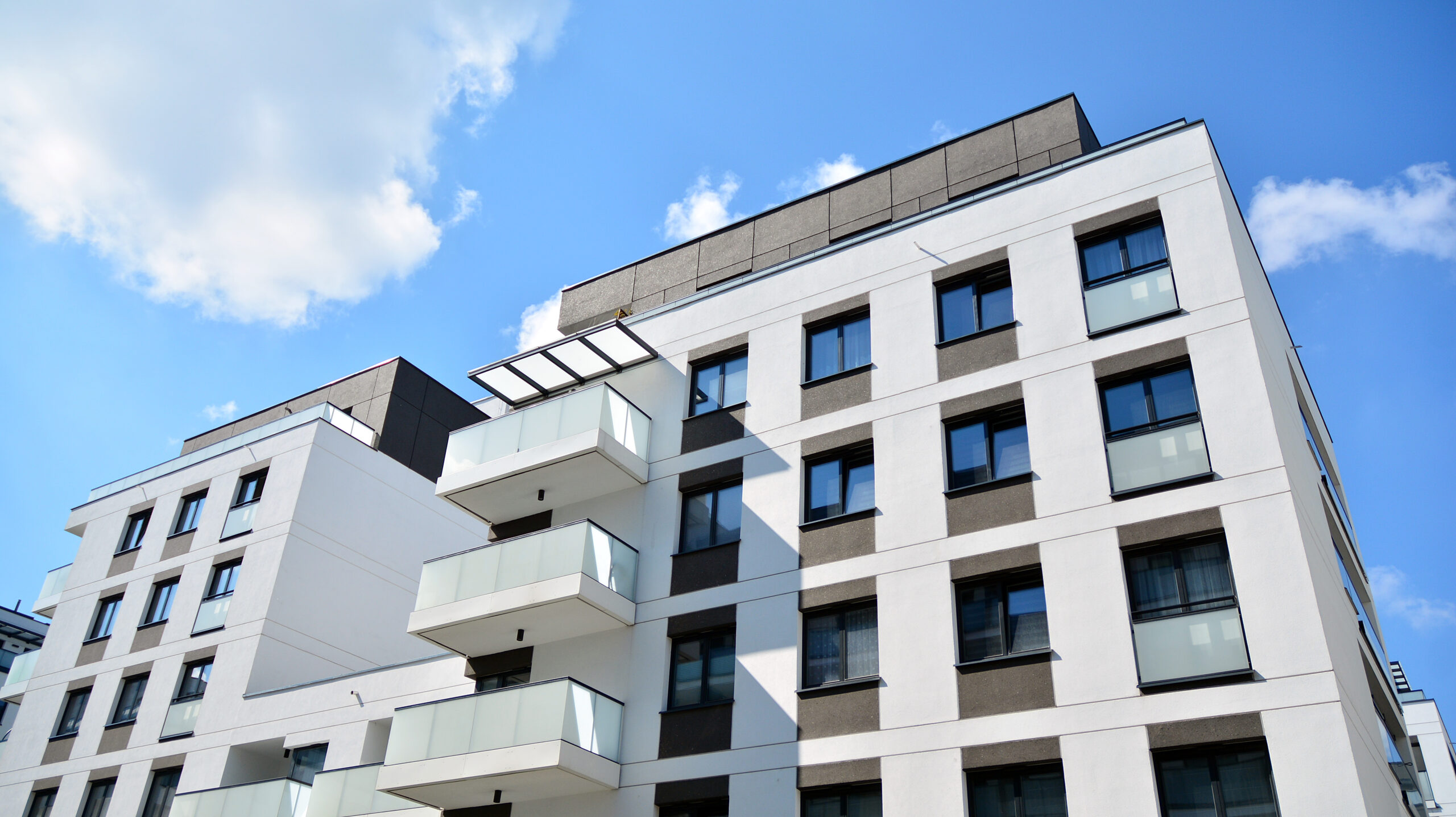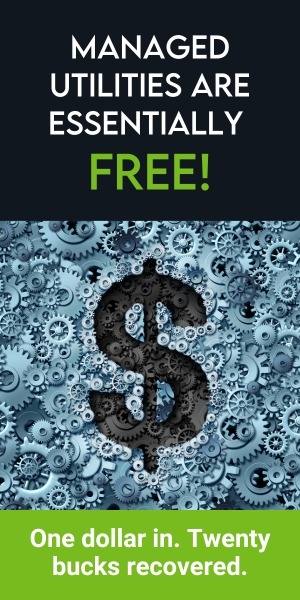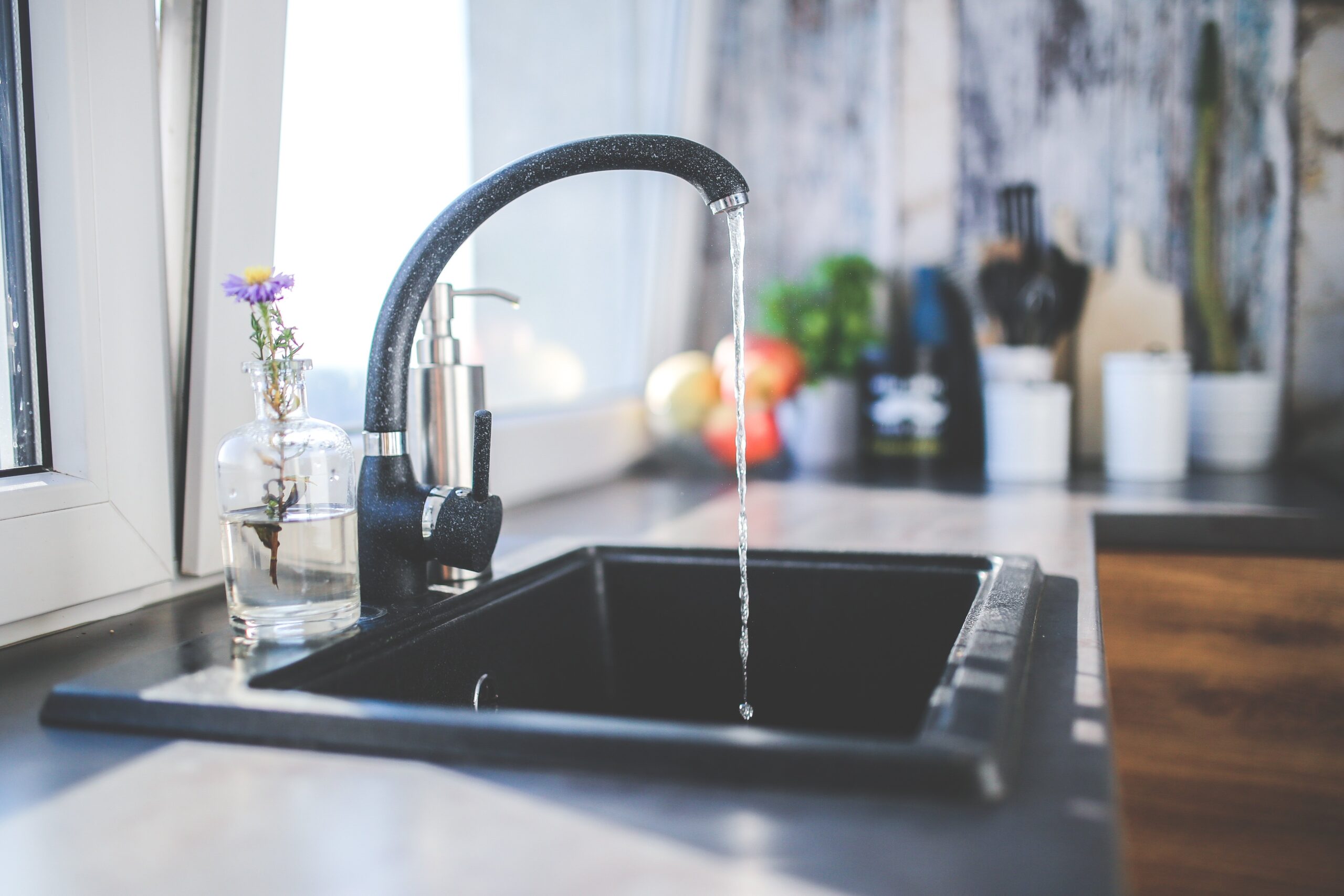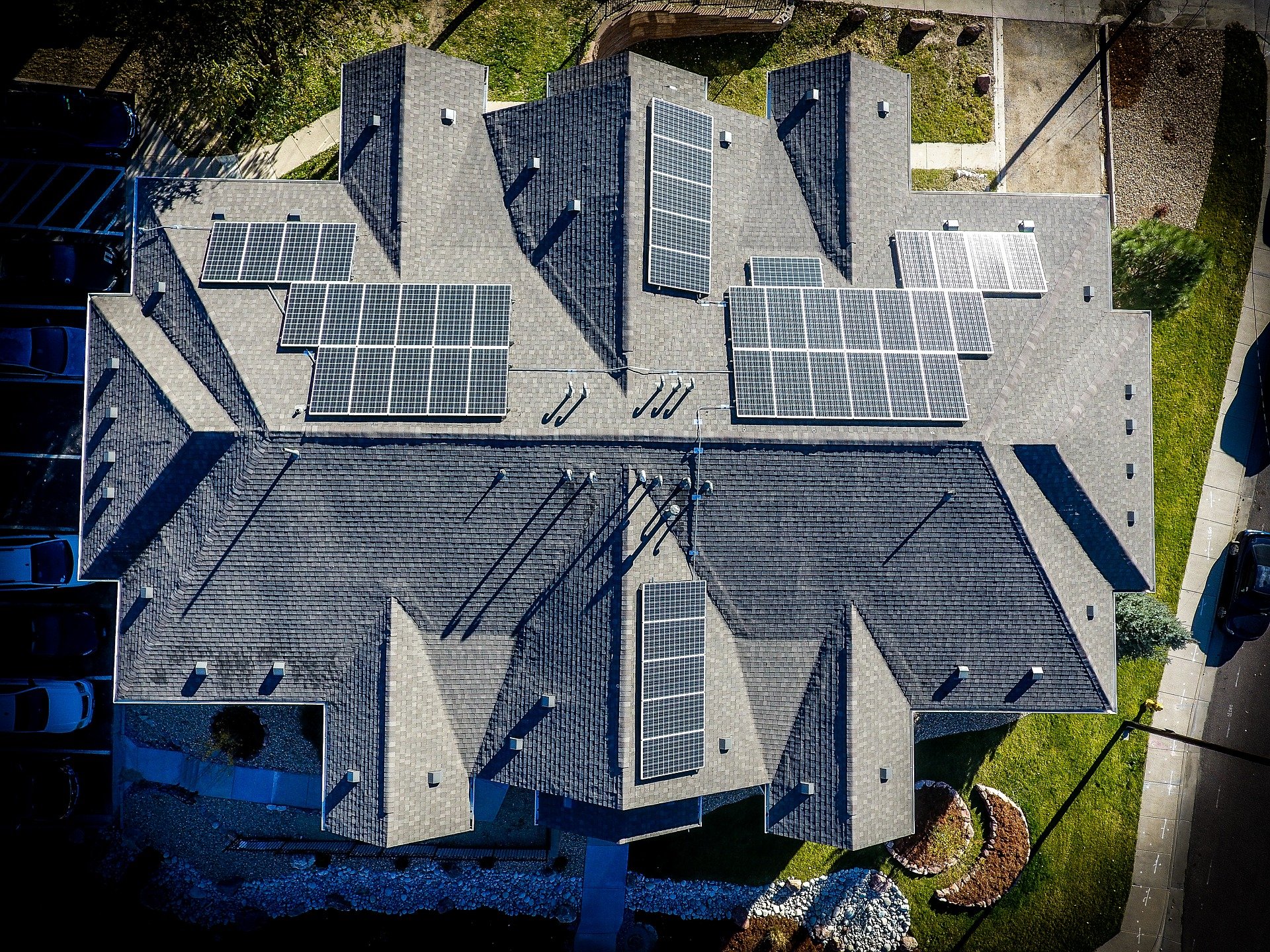Running a multifamily community is no easy task, and when you have multiple communities to manage it becomes even more difficult. As such, it’s natural that you would stick to tried and true practices whenever possible. However, times evolve, laws change, technology changes — even residents change — and new best practices for multifamily property owners and managers emerge.
Even if you are concerned about the process of onboarding new platforms or changing processes, in most cases these changes will not only be beneficial to your residents and communities, but they may actually save you time and money. Here are five things you might be doing wrong with your multifamily utilities.
No Vacant Cost Recovery
Whether intentional or not, sometimes residents fail to set up electric and/or gas service in their name with the utility provider. This is commonly referred to as “vacant theft”. When this happens and goes undetected, it can cost an average multifamily community as much as $20,000 annually. Tracking vacant theft can be difficult and a huge strain on resources. If you don’t have an accurate and timely way to detect vacant theft, you could be paying countless dollars in these expenses and never recover that cost.
In order to identify vacant theft, someone on site must be auditing bills received from the provider for individual units and comparing them to a current rent roll. Cross-checking provider service cycle dates with resident move-in dates to ensure the resident set up services in their name upon move-in can be a lot to handle when managing other aspects of daily operations. That’s why we suggest automating and consolidating processes wherever possible. This might be through onboarding new software, or it might be through outsourcing utility expense management altogether.
Inconsistent Invoice Audits
On average 15% of utility invoices have provider billing errors that cost property owners big bucks. Some provider errors are obvious and can easily be identified before an invoice is paid. But even when these errors are caught, it can result in hours of time spent by on-site staff trying to resolve the issue with the provider. This takes away from the site staff’s time that could be better spent actively leasing or helping existing residents.
Time spent processing and paying the large volume of invoices received on-site can feel impossible at times. As time-consuming as the audit process is, it’s a critical factor in effective expense management. When invoices go unaudited, it results in owners overpaying utility providers in error. Thorough invoice audits to ensure you don’t overpay for someone else’s mistakes.
Lack of Sustainability
High utility expenses for the community can translate to high utility charges billed back to your residents. Millennials are currently one of the largest renting demographics and environmentally friendly and sustainability often ranks as one of the top five features sought out when they are looking to rent. Large utility bills turn potential residents off from renting at your community. Implementing various sustainability efforts keeps costs down for you and your residents.
There are lots of ways to decrease these costs, but if you aren’t using them or offering them to your residents you may not only struggle to attract new residents, but you may waste energy and other natural resources, and end up eating the cost.
Some options for sustainable and thus lower cost utilities include:
- Low-flow showerheads
- Low-flow flush toilets or dual flush toilets
- Energy Star appliances
- LED/Energy efficient lighting
- Solar power for the whole building
- Smart irrigation and HVAC systems
Visit US Green Building Council to learn more about becoming a LEED certified building or ENERGY STAR for energy savings products and appliances. This is also something that we can help you with — our experts can provide benchmarking data to show how you measure up in comparison to neighboring communities and where you can potentially reduce usage and save money in the long run.
Alternative Rate Options and Sales Tax Exemption
Did you know that many utility providers offer a variety of different rate schedules and that you could be paying a higher rate than necessary? Depending on your community’s historical consumption and provider options made available, you could be eligible for a more favorable rate. Determining what alternative rate structures your utility providers offer and being able to identify if an account is eligible and if it would benefit by being on a different rate are all key factors that must be carefully evaluated when looking to make the change. On average, utility accounts eligible for a more favorable rate save 15% or $4,961 per meter annually.
The savings don’t stop with alternative rate schedules either. As a multifamily property owner, you may be eligible for tax exemption status on your utility expenses as well. Pro-residential legislation offers incentives for property owners to receive reduced or exempt sales tax on utility payments. Oftentimes, these accounts are billed in error and include sales tax. This can be difficult to identify if you are unaware of local regulations or how your current utility accounts are set up with the provider. Identifying these wrongfully assessed charges and filing a tax-exempt status with your utility providers could save you thousands of dollars annually.
Flat Fees
To keep things simple, property owners elect to bill residents for their utility usage within their apartment homes based on a flat fee. But in this case, simpler does not equal better. Flat fee billing is an ineffective way to recover expenses associated with your residents’ utility use. Not only can it result in under-recovery of expenses, but it can also put you at legal risk by potentially recovering more than your operating costs. Some states have completed outlawed flat fees as a way for property owners to recoup their expenses on commodities like water and sewer.
RUBS, or Ratio Utility Billing System is an alternative method that will result in consistent and legal utility expense recovery, that will also promote resident conservation efforts. When using RUBS to bill residents for their utilities, the actual expense billed to the property from the provider is used and divided among residents based on factors like the number of occupants, square footage, etc. Billing residents based on the actual provider expense can ensure optimal recovery in times of seasonal related increases, while also ensuring residents are never overcharged for utilities.
An alternative to RUBS is sub-metering. Installing sub-meters is an initial investment, but one that increases your overall property value. When residents are held accountable for their own utility use, they are more motivated to conserve. Residents will report water leaks, lowering overall property consumption, and reduce future mold/flood issues, contributing to environmental sustainability. Many areas now mandate water submeter installations and that trend continues to grow throughout the country in places such as: California, Texas, Georgia, parts of Colorado, and Florida. The IRS has also recognized this as the preferred method to bill tax credit properties.
If you want more tips on how to save money, download our free eBook, “Stop Losing Money: How to Plug the Leaks in Your Multifamily Property Finances.”
Download Our Free eBook: “Stop Losing Money: How to Plug the Leaks in Your Multifamily Property Finances”






